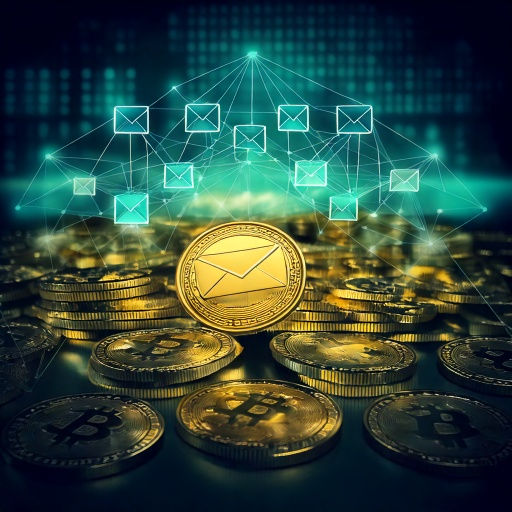SolarWinds Breach: Unveiling the Details, Impact, and Lessons Learned
- Richard Kreutzer

- Nov 23, 2023
- 2 min read
In the landscape of high-profile cybersecurity incidents, the SolarWinds breach stands out as one of the most significant and far-reaching attacks in recent history. This sophisticated supply chain attack, which came to light in December 2020, had widespread implications for both private companies and government institutions. This blog post aims to delve into the details of the SolarWinds breach, its impact, and the lessons learned.
The SolarWinds Breach: A Detailed Overview
SolarWinds, a Texas-based IT management software company, fell victim to a malicious cyberattack that affected its Orion Platform software. The attackers, believed to be of Russian origin, injected malicious code into the software updates for the Orion Platform, which were then distributed to thousands of SolarWinds' customers. As per reports released by WikiLeaks and other sources, the breach was a carefully orchestrated operation involving a high degree of sophistication and stealth. The attackers first tested the waters by inserting empty "test" code into the software updates to ensure it would go undetected. Once successful, they proceeded to inject malicious code that allowed them to gain access to the networks of organizations that installed these compromised updates.
The Impact
The SolarWinds breach had far-reaching implications due to the company's extensive client base, which includes numerous Fortune 500 companies and multiple U.S. government agencies. The breach gave the attackers potential access to sensitive information from these organizations.Government agencies like the U.S. Department of Treasury, Department of Commerce, and even parts of the Pentagon reported breaches linked to the SolarWinds attack. In the private sector, companies like Microsoft and FireEye were also affected.
Lessons Learned and Mitigation Strategies
The SolarWinds breach underscores the importance of robust cybersecurity measures and the potential vulnerabilities in the software supply chain. Here are some key takeaways:
Third-Party Risk Management: Organizations must assess and manage the risks associated with third-party vendors like SolarWinds. This includes regular security audits and monitoring of third-party access.
Zero Trust Architecture: Adopting a Zero Trust architecture, where every request is fully authenticated, authorized, and encrypted before granting access, can help prevent such incidents.
Detection and Response: Investing in advanced detection capabilities can help organizations identify and respond to breaches more swiftly. In the case of SolarWinds, the breach was undetected for months.
Regular Patching and Updates: Once the breach was discovered, SolarWinds released an updated version of the software to remove the malicious code. Regular patching and updating of all software is a fundamental part of any cybersecurity strategy.
Conclusion
The SolarWinds breach serves as a stark reminder of the potential scale and sophistication of cyber threats. As the digital world continues to evolve, organizations must stay vigilant, regularly update their cybersecurity practices, and ensure they can respond swiftly and effectively to breaches. The key is to learn from such incidents to bolster cybersecurity measures proactively.


Comments